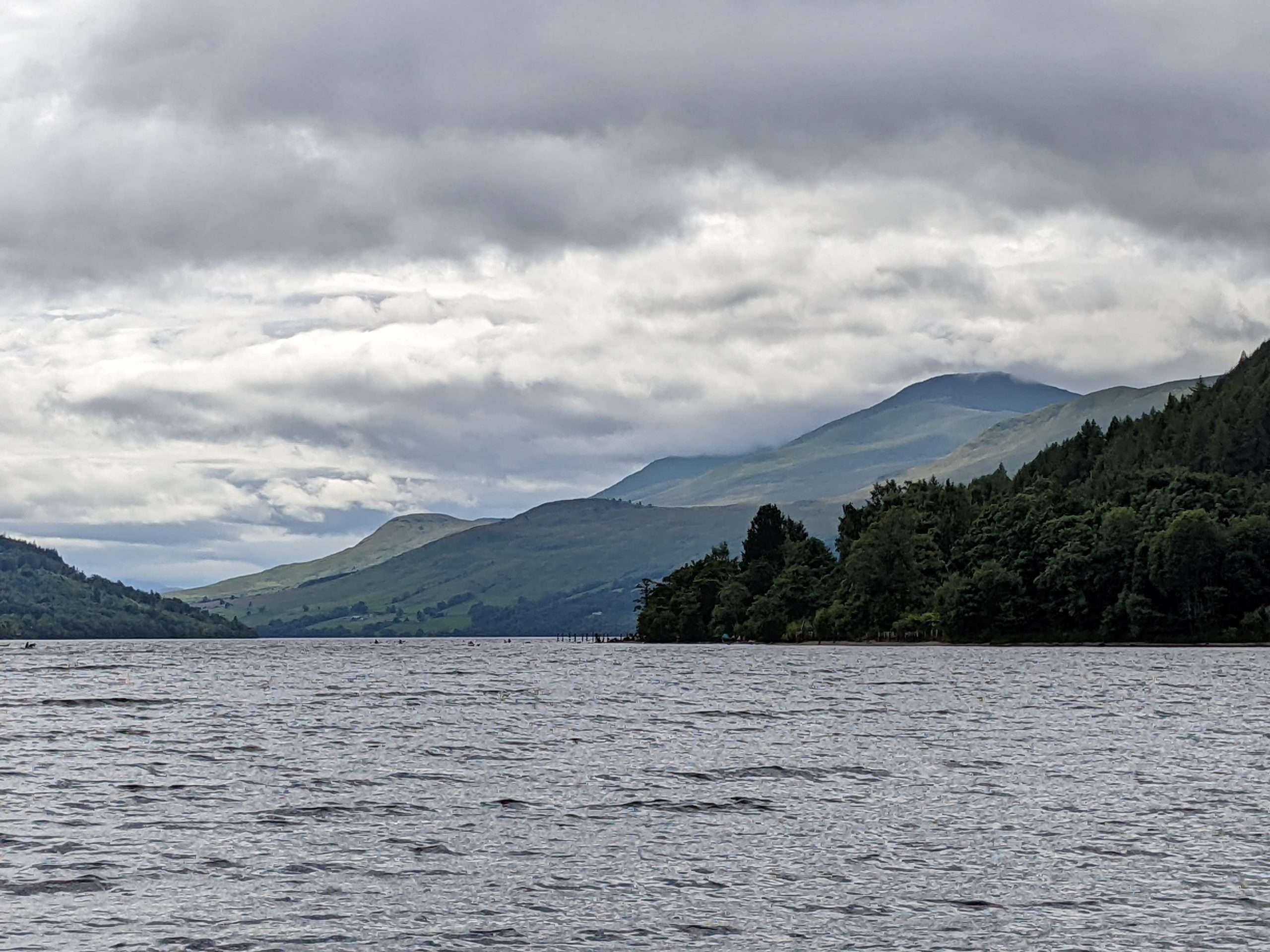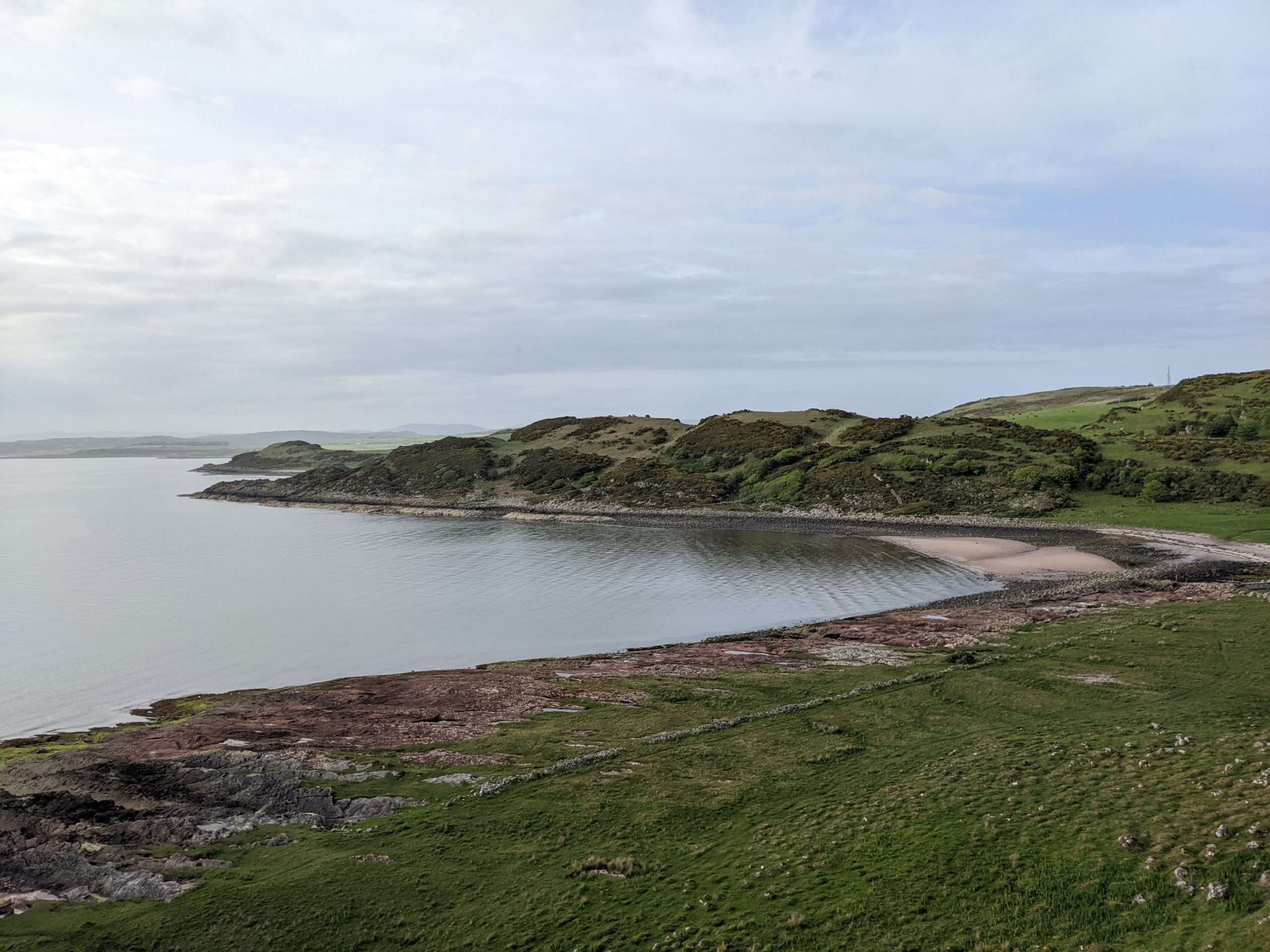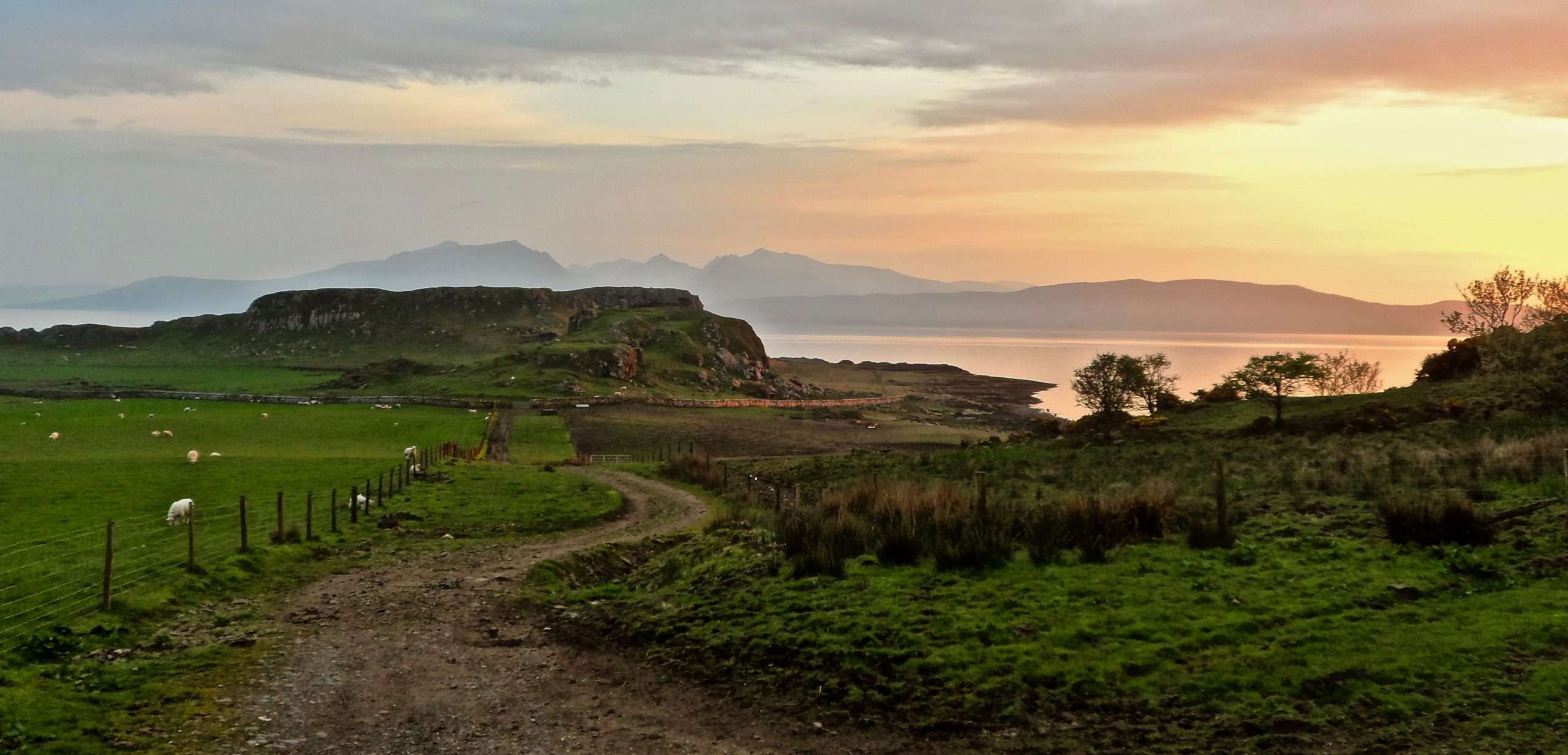The annals of Scottish history are filled with high drama, triumphs, tragedies, and countless great stories which echo through the ages. Social revolutions, grand set-piece battles, globe-spanning adventures, acts of heroism against all odds – it’s all there, and we all have favourites we recount and revisit again and again. That said, history is the collective story of humanity, and for every epic event there are a thousand flukes, farces, and oddities which capture the often surreal and baffling nature of our earthly existence. Here, for your amusement, are just a few of the eyebrow-raising incidents I’ve encountered recently in archives and antiquarian sources.
A seismic agitation on Loch Tay

We don’t often think of Scotland as being particularly affected by earthquakes. Floods and snowstorms are more our style. Yet, something strange happened on Loch Tay on 12 September 1784 which observers described as otherwise inexplicable “violent agitations”. A letter from a Mr Fleming details the extent of the disturbance near Kenmore: “…the water was observed to retire about 5 yards within its ordinary boundary, and in 4 or 5 minutes to flow out again. In this manner it ebbed and flowed successively 3 or 4 times during the space of a quarter of an hour, when all at once the water rushed from the east and west in opposite currents … in the form of a great wave.”
The water ebbed and flowed a while longer before settling back into normalcy. Loch Tay sits upon one fault line, the Loch Tay Fault, and very near another, the Highland Boundary Fault, whose murmurings could explain the sudden tides. Intriguingly, a report from 1789 tells how Loch Lomond experienced a similar phenomenon in 1755 at the very same time that a terrible earthquake levelled the Portuguese city of Lisbon.
Roxburgh Castle and the bovine assault force
Roxburgh Castle in the Borders is now nearly vanished, but was once one of the mightiest castles in the realm. During the Wars of Independence, dauntless James ‘the Black’ Douglas was tasked by Robert the Bruce with taking it and knew, having very limited resources, that he’d need to be fiendishly clever to even stand a chance. His plan? Have his sixty gruff warriors do their best cow impressions. A deadly stretch of open ground lay between the Scots and the castle with its English garrison, and a herd of black cattle grazed it. These weren’t the huge heifers we know today, but a much smaller, scrawnier breed. Douglas waited for the cover of night, ordered his men to drop down on all fours with their dark cloaks over their backs, and meander towards the castle gate. Whether they attempted to mimic the cattle’s mooing is not specifically mentioned in the chronicles, to my great dismay.
Perhaps the guards had drank a little too much that night, as the ploy worked without a hitch and Roxburgh was in Scottish hands by sunrise. Barbour’s The Bruce even mentions how one guard, upon seeing the larger-than-usual herd wandering about, remarked that the farmer responsible for them would regret not keeping them penned up if the Douglas made off with them!
The day the bay turned orange

The spoils of shipwrecks are a boon to islanders, who have a talent for making thorough use of anything of value which washes ashore. Nineteenth century visitors to Barra, for example, often noted how women there were dressed in a patchwork of international finery thanks to the steady stream of wrecks off its shores. It must have made for quite the sight when, on the morning of 10 February 1900, a ship ran aground off the isle of Bute and spilled its 2,025 tons of Valencia oranges into Dunagoil Bay! The newspaper The Buteman reported that the bay had a layer of oranges several inches thick, and that locals were illegally rounding them up by the cartload. After a few weeks, however, the oranges began to rot, so many farmers – who were more than likely sick of the sight of them by then – began feeding them to their cattle. In the months that followed, milk from the parish of Kingarth in the south of Bute was said to have a citrusy tang.
The price of getting a head in life
At the height of the Viking Age, Sigurd, 1st Earl of Orkney, brought fire and sword to Scotland’s northern shores. In the course of his wrath, he made a bitter enemy in the form of Maelbrigte, mormaer of Moray. The north would never be big enough for the two of them, so in 892 AD they arranged to fight a decisive battle to the death with forty men on each side. Maelbrigte sported a distinct moniker, ‘the Tusk’, so-called because his bottom incisors sharply protruded from his lips. Let’s just say that Chekhov had his gun, and Maelbrigte had his tusk! Sigurd did not think the Scots could be trusted, so he pre-empted any cheating with a little of his own and mounted two men on each horse.
Even outnumbered two to one Maelbrigte’s men put up a good fight, but the result was inevitable. Maelbrigte fell, Sigurd chopped off his head, and rode off to celebrate his victory with his grim trophy strapped to his horse. There being no true roads, it was a bumpy ride. Along the way, Maelbrigte’s tusk secured its place in history and scratched Sigurd’s leg, so slightly that the Viking didn’t notice until it was too late. An infection set in, and within days the scourge of the north was dead – and, having met such an ignominious end, quite unlikely to enter Valhalla.
Disruptive Doric dogs
The archetype of a Reformation-era kirk as a severely strict, solemn place largely holds true, and one can imagine the consequences for anyone who disrupted the fire and brimstone of a kirk session. Some members of the congregation, however, proved easier to silence than others. An early 17th century entry in the Records of the Kirk-Session and Presbytery of Aberdeen laments how the inhabitants of the burgh “bring with them their dogges to the paroche kirk on the Lord’s day … whair throw and be the barking and perturbation of these dogges, the people are aftin withdrawn from hearing of God’s word, and often Divine service is interrupted.”
It was therefore issued that “no inhabitant whosoever within the same suffer thair dogges, whether they be mastives (mastiffs), curres (curs), or messens (lap dogs), to follow them heirefter to the paroche kirk of this burgh.”

